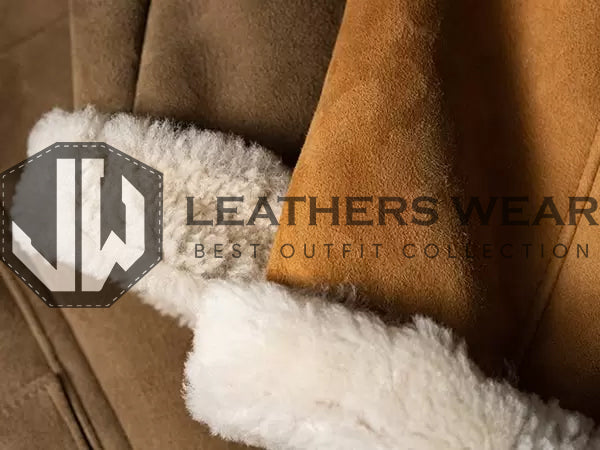
Whats the Difference Between Sheepskin, Shearling & Faux?
Share
What’s the Difference Between Sheepskin, Shearling & Faux?
When it comes to buying a warm, stylish jacket or cozy home accessory, the terms sheepskin, shearling, and faux fur often pop up. But what’s the real difference between these materials? Understanding this can help you make a smarter purchase—one that aligns with your style, budget, values, and needs.
In this guide, we break down the differences, the pros and cons of each, and what to look for when shopping.
1. What Is Sheepskin?
Sheepskin is the hide of a sheep with the wool still attached. Unlike plain leather, sheepskin retains its wool fleece, making it naturally insulating and ultra-soft.
It’s used for high-end jackets, rugs, gloves, slippers, and seat covers. Authentic sheepskin is breathable, moisture-wicking, and durable—making it a popular choice for luxury winter wear.
2. What Is Shearling?
Shearling is often confused with sheepskin—and for good reason: shearling is sheepskin that has been shorn to create an even wool length. This gives shearling a smoother, more uniform appearance inside jackets and coats.
Shearling coats are known for their warmth without bulk. They’re lighter than full sheepskin hides but still offer excellent insulation. Fashion brands love shearling for its stylish look and practical benefits.
3. What Is Faux Sheepskin or Faux Shearling?
Faux sheepskin, also called faux shearling or synthetic fur, is made from man-made fibers like polyester or acrylic. Faux options mimic the look and feel of real sheepskin at a more affordable price. They’re also considered more animal-friendly.
However, faux materials don’t have the same breathability or durability as real sheepskin. They can trap heat excessively and may wear out faster if not cared for properly.
4. How to Choose: Real vs Faux
When deciding between sheepskin, shearling, and faux, consider:
✅ Budget: Genuine sheepskin and shearling are more expensive due to quality and craftsmanship. Faux is budget-friendly.
✅ Ethics: Faux fur is animal-free, but some people prefer natural hides for sustainability since real sheepskin is a by-product of the meat industry.
✅ Longevity: Real sheepskin and shearling last for decades with proper care. Faux options may need replacement sooner.
✅ Feel & Performance: Authentic hides breathe better, regulate temperature, and mold to your body over time—something synthetics struggle to match.
5. Care Tips
-
Sheepskin/Shearling: Brush regularly, spot clean with a damp cloth, and store in a dry place.
-
Faux: Machine-washable versions exist but always check the label. Avoid high heat.
Final Thoughts
So, what’s the difference between sheepskin, shearling & faux? It comes down to authenticity, performance, ethics, and price.
If you want timeless quality, go for genuine sheepskin or shearling. If you prefer animal-free and budget-friendly, faux is a great option.
